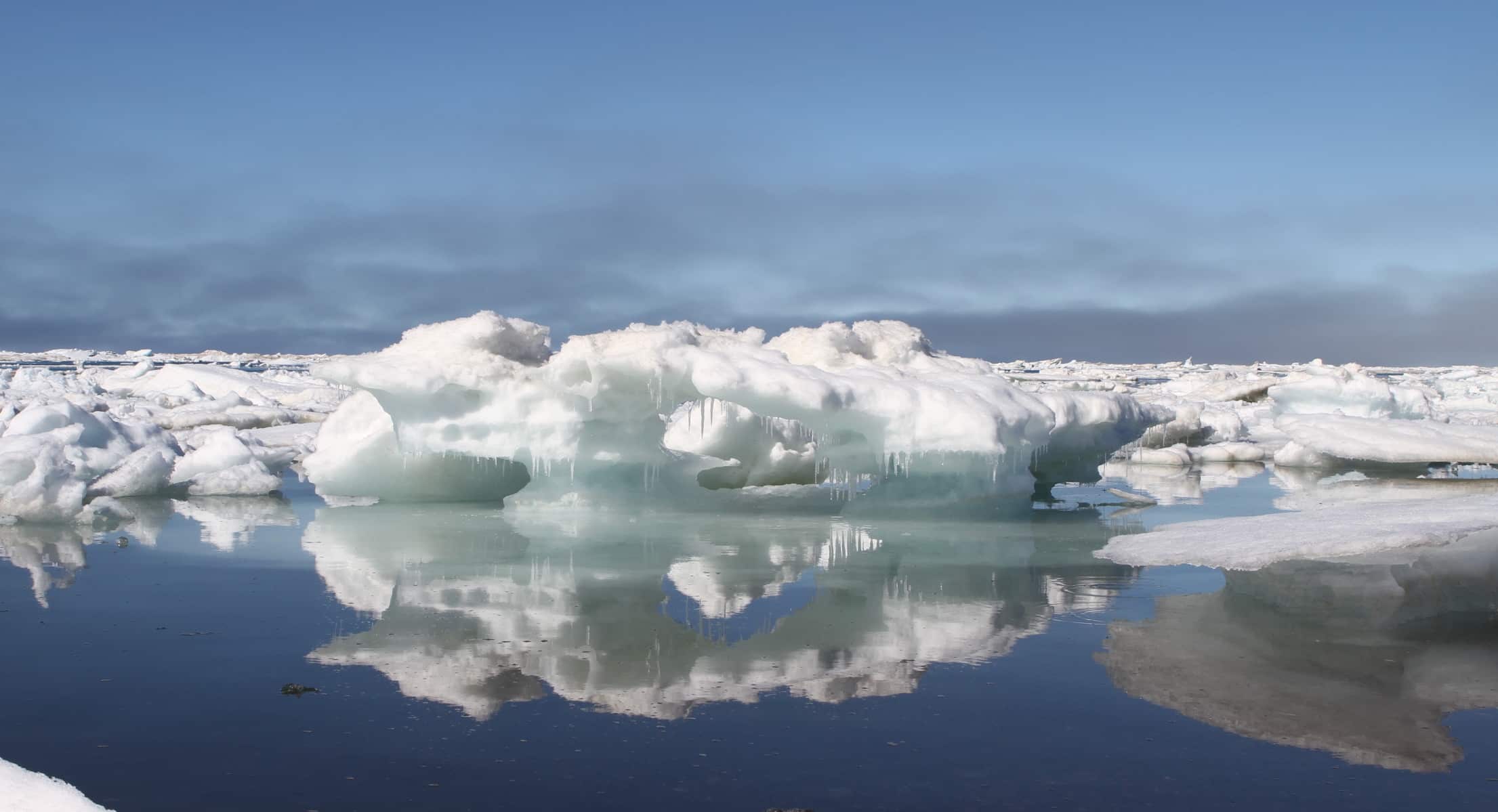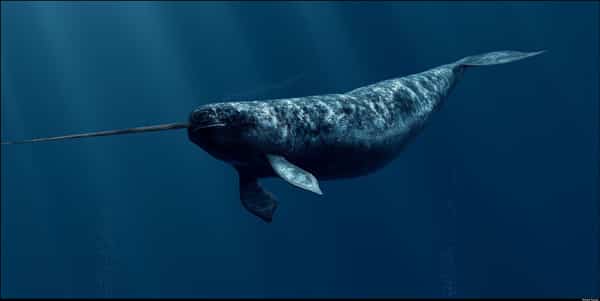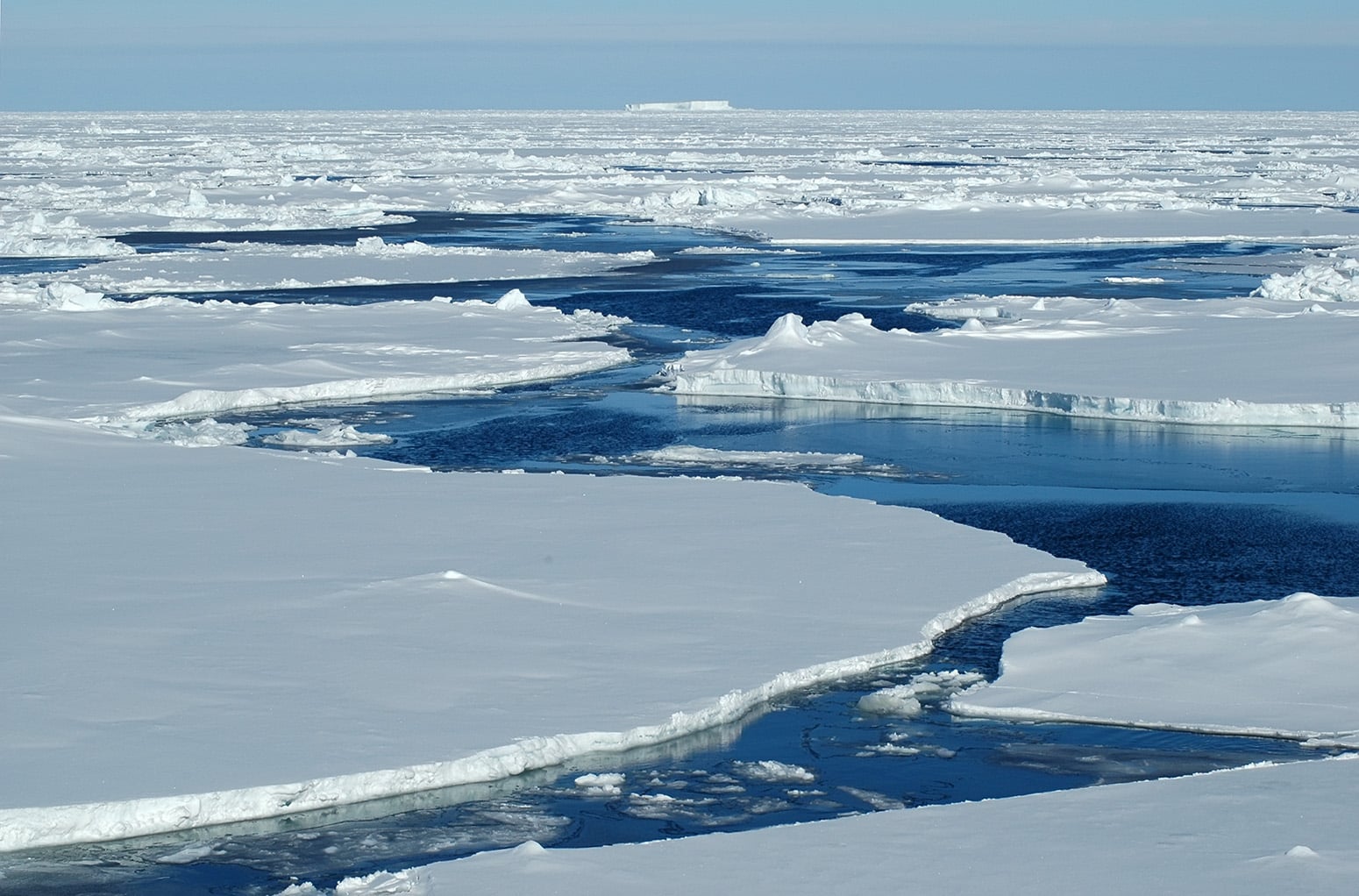NASA-Recruited Narwhals to Help Document Melting Arctic Ice
Narwhals aka Unicorns of the Sea are really fascinating creatures. The mysterious, long tusk they possess just adds to this creatures’ bemusing aura. One of the rarest whales in the world, they are empirically cute- they’re the closest we’ll ever get to seeing real-life unicorns. But who would’ve expected them to be foot soldiers in the fight against melting Arctic sea ice?
Yep, these arctic-dwelling, hopelessly-hard-to-see whales with the legendary tusk have now become unlikely allies in NASA’s efforts to understand Greenland’s rapidly changing ice sheet.
Narwhals are not just unicorn-tusked marvels frolicking in the ocean waves and inspiring some of the internet’s greatest hits. They are also NASA’s secret agents in studying climate change.

At 4.64 million square kilometers, Arctic Sea ice minimum extent in 2017 is the eighth lowest in the consistent long-term satellite record, which began in 1978, analysis of satellite data shows. Scientists widely agree the main catalyst is human-induced climate change, boosted by a feedback loop known as Arctic amplification. (Antarctic sea ice, meanwhile, is more buffered against warming.) The basic problem has become well-known even among laypeople, thanks largely to its compelling effect on polar bears. Even in a vacuum, the decline of Arctic sea ice is disastrous — and not just for polar bears.
That’s why scientists need narwhals, whales with 9 foot long unicorn-like tusks, which are some of the only mammals benefiting from all that melting ice.
“The narwhals like it,” said Josh Willis, the project lead for NASA’s Oceans Melting Greenland. When melting ice falls into the sea, it churns up the water, bringing such food as plankton and krill to the surface. The whales tend to feed at the bottom of melting glaciers and can dive to depths of 1,800 meters, precisely the areas that OMG needs to survey. It’s a perfect match.
“Narwhals are oceanographers,” said Kristin Laidre, a University of Washington marine biologist.
The scientists on this project will build on a similar study published back in 2010- while it focused on measurements in Baffin Bay waters well to the west of Greenland, the narwhals had to be tagged close to the coast, where they also gathered data. That was the data gap Ian Fenty, a NASA oceanographer who studies sea level and ice, wanted to fill – from otherwise inaccessible locations. So NASA and the Office of Naval Research have agreed to jointly fund a new study, focusing both on narwhal behavior and changes in Arctic ice.
Acoustic monitoring sensors and land-based cameras in three fjords in Melville Bay will track narwhal presence to better understand how narwhal behavior relates to ocean and ice variations.
“Not only will scientists learn about how warming oceans are melting Greenland but this project will also provide scientists like Kristin more data about how narwhal behavior is linked to ocean temperature, salinity, and ice conditions in the fjord,” Fenty said.
Moored instruments also will make frequent measurements of ocean temperature and salinity to enhance OMG data and improve computer modeling of ocean circulation and glacial melting.
Narwhals can dive to great depths. By looking at how deep the narwhal “oceanographers” have dived in the past scientists can get a better sense of just how deep the ocean is.
“I’m hoping that the narwhal dive-depth data will fill out some of the gaps in our bathymetry (sea-floor) measurements made during the OMG mission,” Fenty said.

























